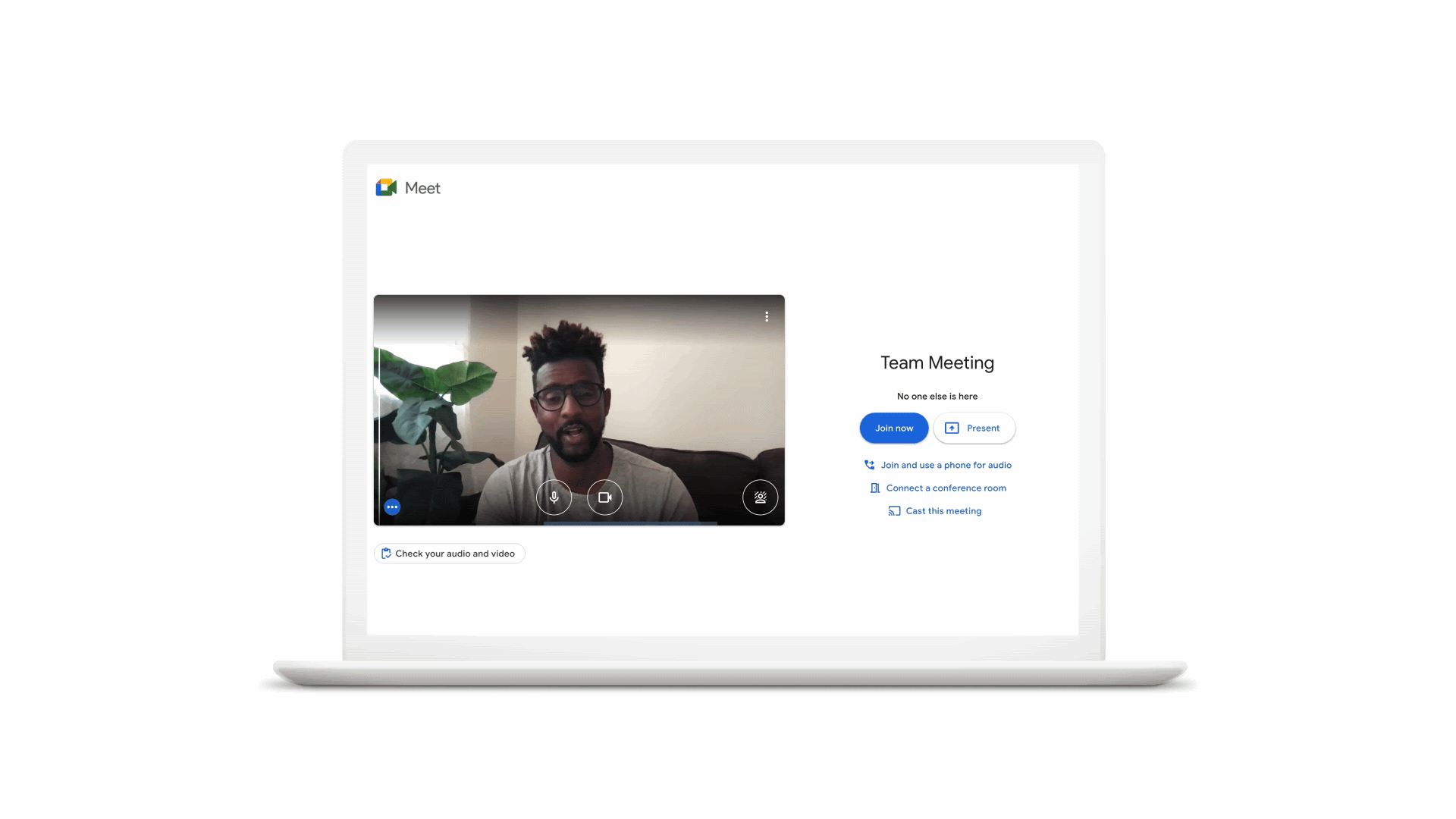The latest hearing to target big tech will drill down on competition in Apple’s App Store and Google Play. The hearing, set for Wednesday at 2:30PM ET, will feature testimony from the two big app store gatekeepers, and three companies that have banded together to critique the immense power that Apple and Google command in the mobile software market.
Last year, 13 app makers banded together to create the Coalition for App Fairness, a group organizing against Apple in particular for its stranglehold over app distribution and the hefty fees it collects from software developers. The group is linked to legislation in states like North Dakota that seeks to make state laws more more favorable to software makers by removing app store fees.
Spotify, Tile and Match Group, which owns Tinder, Hinge and other dating apps, are all members of the coalition and will be testifying in the hearing, which is being held by the Senate Subcommittee on Competition Policy, Antitrust, and Consumer Rights. That committee is helmed by Sen. Amy Klobuchar (D-MN), an emerging antitrust hawk who’s made reining in big tech’s power a cornerstone of her political brand.
The hearing comes a day after Apple launched Airtags, its own Tile-like product that can geolocate lost items like keys and wallets. Tile has criticized Apple for more than a year over those plans, claiming the tech giant implemented policies to hamstring the market leader in a product category it planned to compete within. The company previously testified before the House’s antitrust subcommittee, airing those concerns last January.
“We welcome competition, as long as it is fair competition,” Tile CEO CJ Prober said Tuesday following Apple’s big event. “Unfortunately, given Apple’s well-documented history of using its platform advantage to unfairly limit competition for its products, we’re skeptical.”
Prober called lawmakers’ interest in examining Apple’s policies “entirely appropriate” in light of Tile’s history of issues with the company.
Software makers have long been waging a battle against Apple over its iron grip on the app world. Last year, Epic elevated that struggle, picking a fight with Apple over the 30% cut the company takes on payments made through its App Store. Apple punished the company for its attempt at a workaround for the fees, kicking Epic’s hit game Fortnite out of the App Store and prompting Epic to launch an antitrust suit against the two trillion dollar company. Epic’s day in court kicks off next month, on May 3.




